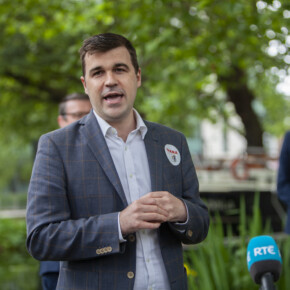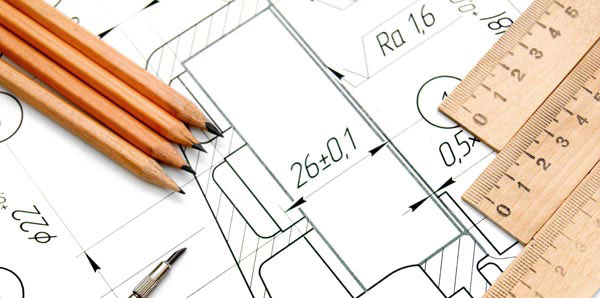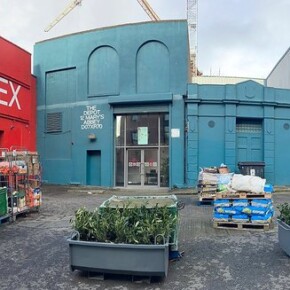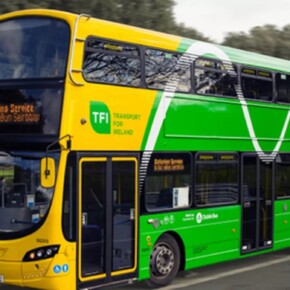COMMENT: We need to believe in Ballymun
Dublin People 20 Aug 2017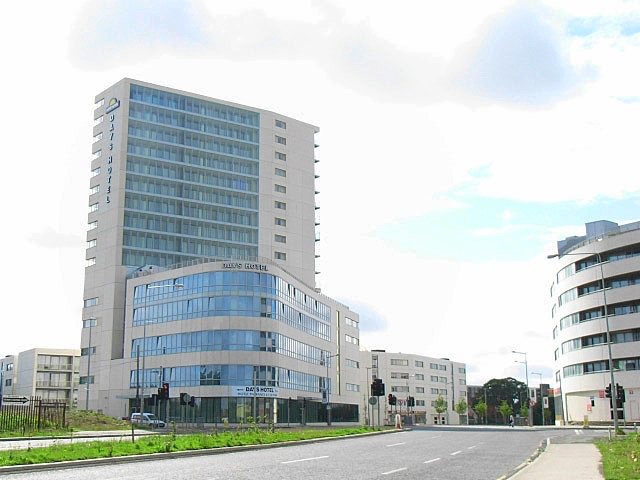
I’M NOT a native Ballymuner but I lived there for the best part of a decade and have family who still call it home. I know it’s a community full of honest, decent people.
Last week’s horrific, brutal murders will be used by some outsiders to reinforce the lazy, negative stereotype the media often falls back on to define the area, but Ballymun has the resilience to rise above it.
After all, this is a town that has survived poor initial planning, decades of neglect and a regeneration that managed to rebuild homes but failed to deliver on vital infrastructure that promised to bring true, social transformation.
Obviously, none of this excuses or explains the brutal killings that caused shockwaves far beyond Ballymun, but locals are rightly demoralised that their hometown is once again hitting the headlines for all the wrong reasons.
That’s because they realise the huge potential Ballymun has. Given the right support, a town practically beside an international airport and within five kilometres of the city centre, could
?? and should – be one of Dublin’s most sought after destinations.
Instead, it’s a huge suburban neighbourhood without a shopping centre, a proper social mix or a transport link from the airport to the city centre running through it.
All of this was part of the regeneration plan but when the recession struck, these vital elements of the project were shelved and arguably the only thing that changed were the homes people lived in.
At times like this, it’s important to remember that there’s still hope. Real hope. But it needs political will.
The Ballymun Local Area Plan (LAP) is nearing completion and remains open for submissions until August 28. It will shape the area’s economic, social, environmental and physical character for the next decade and it’s the first major plan for the area since 1997.
Community activists, local councillors and Dublin City Council have worked hard on the LAP over the last couple of years and, if approved, Ballymun could benefit from almost 2,000 new homes – many of them affordable – super facilities for local sporting clubs and the possibility of becoming an official Irish language hub.
All of this will no doubt improve the area, but real change will only come when, or if, Ballymun’s huge potential is realised. And that’s where political will comes in.
When Ballymun was first built, the Seven Towers Shopping Centre drew customers from all across Dublin. IKEA is currently doing the same, but a fully-fledged retail centre closer to the heart of the area, alongside an international industrial hub providing decent jobs, would bring real prosperity.
Fast-tracking airport to city transport links through the area before Metro might also help build on the cultural and housing benefits contained in the LAP.
It’s up to the politicians to deliver and for locals to believe that Ballymun could become one of Dublin’s most talked about suburbs for very different reasons than last week.


